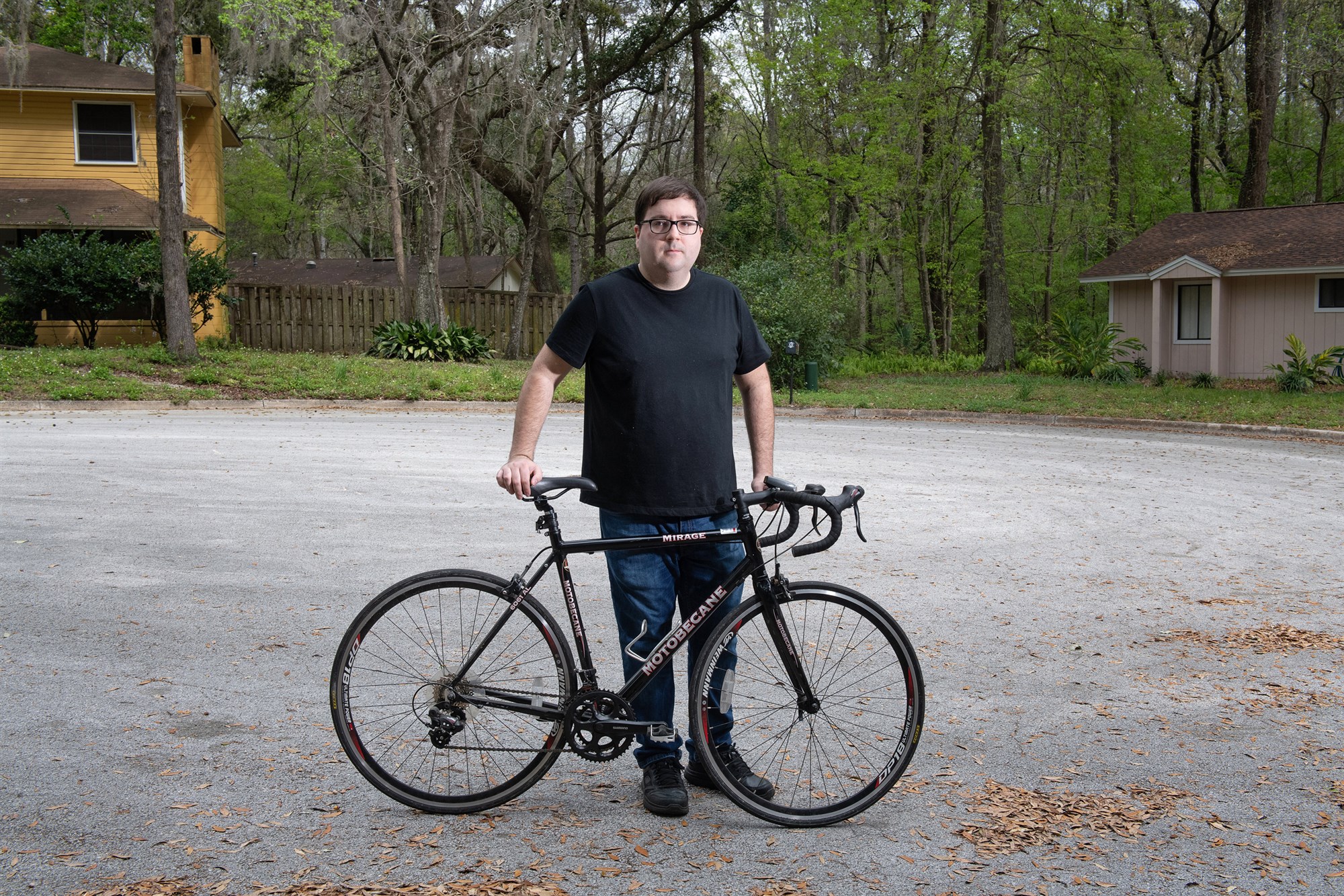Every time an elected official takes to the airwaves, I fear the worst, even if I know what they're about to say might be for the best. I know the virus has to be stopped, but I worry that we might not be allowed out of our apartments, ever again.
(Then again, if they confine us, they might have to enact a permanent rent freeze--or declare that housing is a human right and give it to us for free.)
So far, we still can go outside, as long as we keep our distance from each other. Now the city is doing something that, at first glance, seems counterintuitive: It's closing off some streets to traffic. It makes sense when you realize that pedestrians, cyclists and all other kinds of non-motorized travelers have free reign over the street. The idea, apparently, is to get people outside but still offer them space.
I like it. If anything, I wouldn't mind if this street closure were extended:
It's a stretch of 34th Avenue in Jackson Heights, about 5 kilometers from where I live.
It's also a kilometer, if that, from LaGuardia Airport. While I enjoyed the nearly-empty street, it was a bit odd to ride through that part of town without seeing a plane overhead.
(Then again, if they confine us, they might have to enact a permanent rent freeze--or declare that housing is a human right and give it to us for free.)
So far, we still can go outside, as long as we keep our distance from each other. Now the city is doing something that, at first glance, seems counterintuitive: It's closing off some streets to traffic. It makes sense when you realize that pedestrians, cyclists and all other kinds of non-motorized travelers have free reign over the street. The idea, apparently, is to get people outside but still offer them space.
I like it. If anything, I wouldn't mind if this street closure were extended:
It's a stretch of 34th Avenue in Jackson Heights, about 5 kilometers from where I live.
It's also a kilometer, if that, from LaGuardia Airport. While I enjoyed the nearly-empty street, it was a bit odd to ride through that part of town without seeing a plane overhead.


















